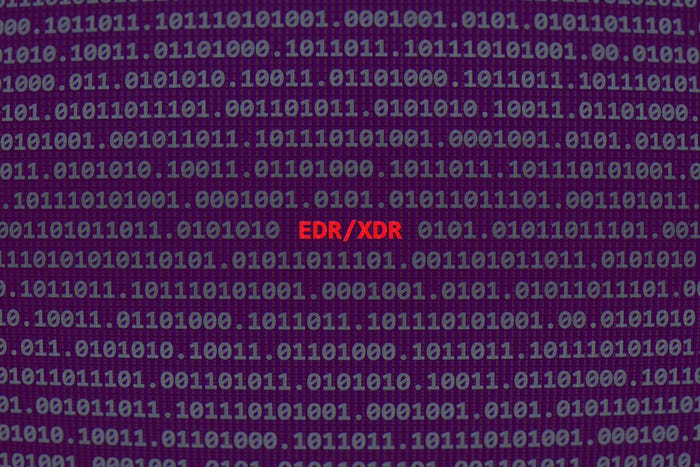More users than ever before seem to be falling for scams being levied by fraudsters looking to make a quick -- and lucrative -- buck from bogus security applications. It's sad to see people get scammed from their money when they're seeking some level of protection from Internet threats -- but instead they end up paying to install software that does nothing, at best, or is in fact itself malware. At least one security firm says criminals are raking in hundreds of thousands a month doing so.
September 10, 2008

More users than ever before seem to be falling for scams being levied by fraudsters looking to make a quick -- and lucrative -- buck from bogus security applications. It's sad to see people get scammed from their money when they're seeking some level of protection from Internet threats -- but instead they end up paying to install software that does nothing, at best, or is in fact itself malware. At least one security firm says criminals are raking in hundreds of thousands a month doing so.These "rogue" applications are pushed out to users in many ways. It can be through spam that is designed to trick, or socially engineer, users into downloading. Sometimes they'll try to infect users through drive-by-downloads, where Web surfers are either automatically infected because they were unfortunate enough to reach a malicious Web site and have a security flaw in their Web browser. And then there's those insidious pop-up advertisements where some users will be enticed to download these applications through a pop-up Window.
If they fall for the trap, users are then paying retail price points for antivirus software, say $40 or $60, for the privilege of not only not getting any security protection, but also inadvertently installing a rootkit or Trojan, or virtually anything the attackers want to place on their system. It's a wonderful world sometimes, isn't it?
According to this research note from unified-threat management appliance maker Fortinet, two rogue security applications, XP Security Center and AntiVirus XP 2008, saw a significant spike in Internet activity over the summer. Because Fortinet's devices, and research teams, focus on multiple vectors of attacks -- such as Web content and URL filtering, Web malware, antivirus, and IPS -- they're well-positioned to see how these types of threats are trying to reach end users.
The spike in activity in August for AntiVirus XP and July and August for XP Security Center hit 400,000 on a few days, and exceeded a million on one occasion. Netsky, which is considered to be an active piece of malware, for instance, didn't break 50,000 incidents.
This, from the research note, shows just how successful these campaigns have been:
"Malware variants installing the applications XP Security Center and AntiVirus XP collectively accounted for 15.0% and 17.9%, in respective order, of total malware volume for the period stretching from late July to end of August, 2008. According to Site Analytics from Compete, as of writing this report, the main domain associated with "XP Security Center" showed a monthly increase of unique site visitors from 27,405 in May to 132,438 in June 2008. Following this, unique activity increased to 239,775 in July 2008: an 81% increase from June."
After speaking with Derek Manky of Fortinet's FortiGuard Global Security Research Team, it struck me how elegant these attackers are getting. A quick look at the screenshots in the report,and it's easy to see that a large number of users would think they've downloaded a legitimate security application.
The developers of these attacks also are generating a high number of variants of their code, just as with polymorphic viruses -- it's an attempt to bypass antivirus signatures.
These attack techniques aren't going to stop. Not when you consider the profit being reaped. By Manky's estimates, based on the number of unique visitors -- 239,775 -- to just one of 10 registered domains the scamsters were using, this could bring in hundreds of thousands a month. It's a figure that could easily exceed six figures across multiple domains and attack campaigns.
There's no easy way to fight this sort of thing. And the tactics are sure to become even more sophisticated over the months and years. The best approach is definitely defense in depth: anti-spam, anti-spyware, content and URL filtering at the Web gateway, and watching outbound Web traffic for signs of software trying to call known malicious servers.
About the Author(s)
You May Also Like
Beyond Spam Filters and Firewalls: Preventing Business Email Compromises in the Modern Enterprise
April 30, 2024Key Findings from the State of AppSec Report 2024
May 7, 2024Is AI Identifying Threats to Your Network?
May 14, 2024Where and Why Threat Intelligence Makes Sense for Your Enterprise Security Strategy
May 15, 2024Safeguarding Political Campaigns: Defending Against Mass Phishing Attacks
May 16, 2024
Black Hat USA - August 3-8 - Learn More
August 3, 2024Cybersecurity's Hottest New Technologies: What You Need To Know
March 21, 2024




